What are the 4P Marketing? Analysis Strategies & Examples
The 4P model in Marketing has always been considered one of the most basic and important tools for building a Marketing strategy. The 4Ps provide a comprehensive approach to crafting marketing strategies that can meet consumer needs and achieve business goals.
This article delves into each of the 4Ps, offering detailed analysis, strategic insights, and real-world examples to help you leverage this powerful framework in your marketing efforts.
What are the 4P Marketing?
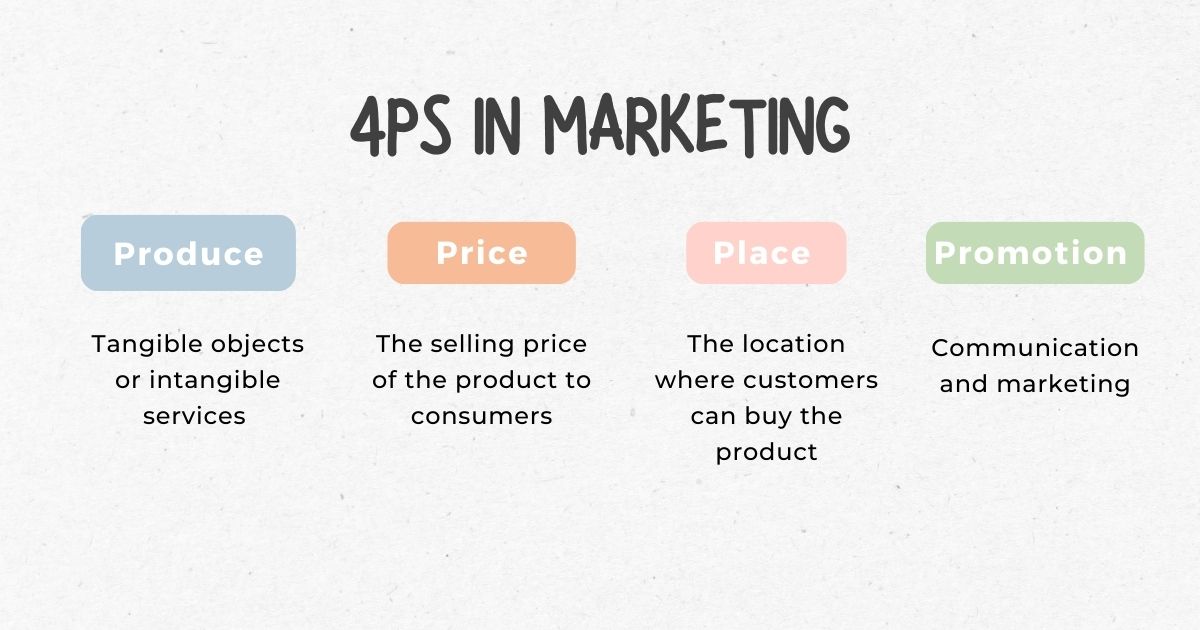
4P Marketing is a Marketing model that includes 4 basic elements: Product, Price, Place, and Promotion. This is a combination of many tactical Marketing tools, used by marketers to achieve their marketing goals. The 4Ps model in Marketing was first formally introduced by E. Jerome McCarthy in 1960 in his influential book “Basic Marketing, A Managerial Approach”. This concept solves a number of important problems in the field of Marketing, including:
Understanding consumer needs and wants.
Identifying the causes of current product failures.
Finding methods to fix problems and change the public's perception of the product/service.
Creating a differentiating feature to increase competitive advantage.
Understanding how the product interacts with consumers and vice versa.
Components of 4P Marketing
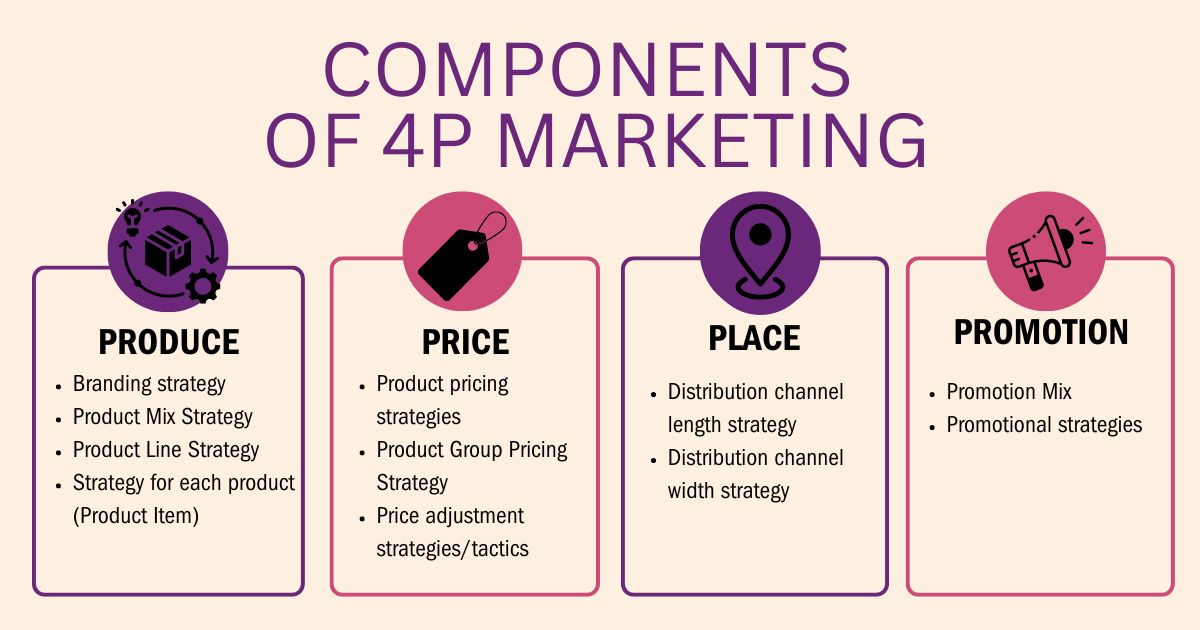
4P Marketing is a set of marketing tools including 4 basic elements: Product, Price, Place, and Promotion.
Produce
The product is the first foundation in the marketing strategy of every business activity, the core point in meeting the needs and desires of consumers. If the product is not good, all efforts of the business will fail.
Products in Marketing are tangible objects (such as machinery and equipment manufacturing industry) or intangible services (such as tourism hotels, telecommunications services).
When establishing a product strategy, you need to make decisions related to the following issues:
Branding strategy
The way each product in the business's "product collection" is named will affect the level of memorability, perception, and motivation of customers to buy.
Unique naming
Each product has a different name, helping the company's reputation not be tied to each product type and limiting brand risks between products. However, each new product comes with a new brand, requiring businesses to spend more effort and money so that customers recognize and trust the product.
For example, Unilever is a British multinational company that produces consumer goods. Unilever has unique names for its products (Clear, Comfort, Dove, Knorr, LUX, Lifebuoy, etc).
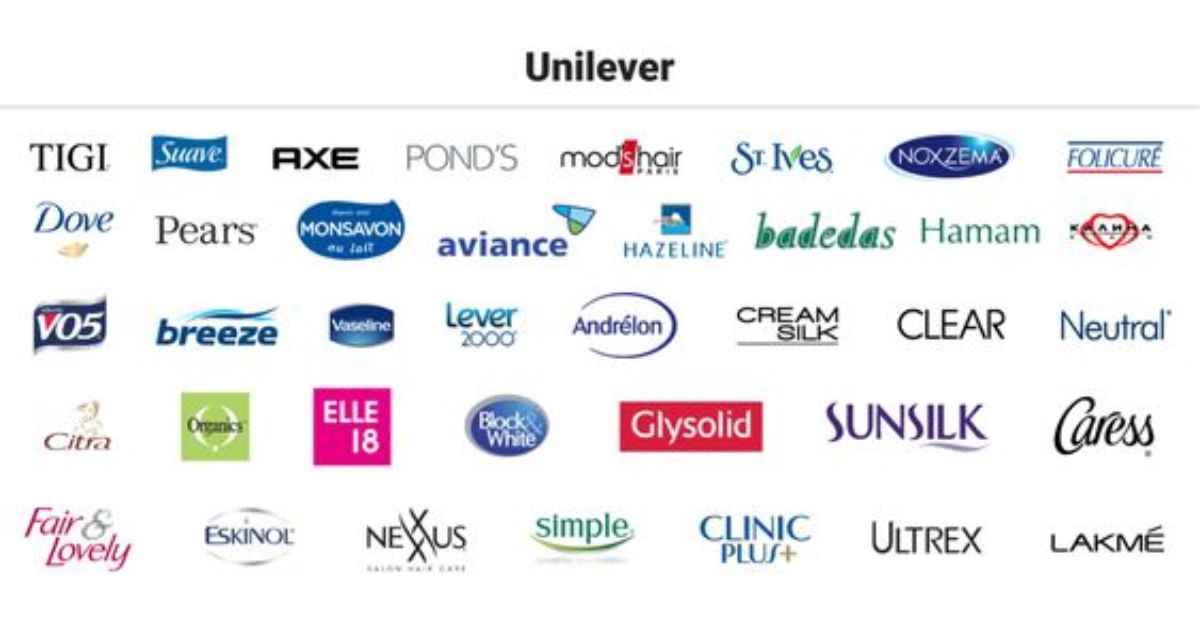
All products have the same name
Naming all products with the same name will save costs when promoting the product. If the previous product is trusted and loved by many people, the new product will be more easily accepted by customers because they already have a good feeling about the brand. However, it will also be very risky if a product loses its reputation, which can lead to the entire product being "boycotted".
For example, Philips (TV, smartphone, iron, rice cooker, light bulb, shaver, etc).
Naming by product line
Naming by product line helps customers easily remember a "combo" of products in the same group, making it easier to promote products in the same line. And, of course, when there is a problem with the brand of a product line, it will affect the products in it and very little affect the other product lines of the business.
For instance, Pond's skin care product line (cleanser, lotion, makeup remover, etc), P/S oral care product line (toothpaste, mouthwash, toothbrush), Dove skin - hair care product line (shampoo, conditioner, shower gel, lotion, deodorant spray, roll-on deodorant, etc).
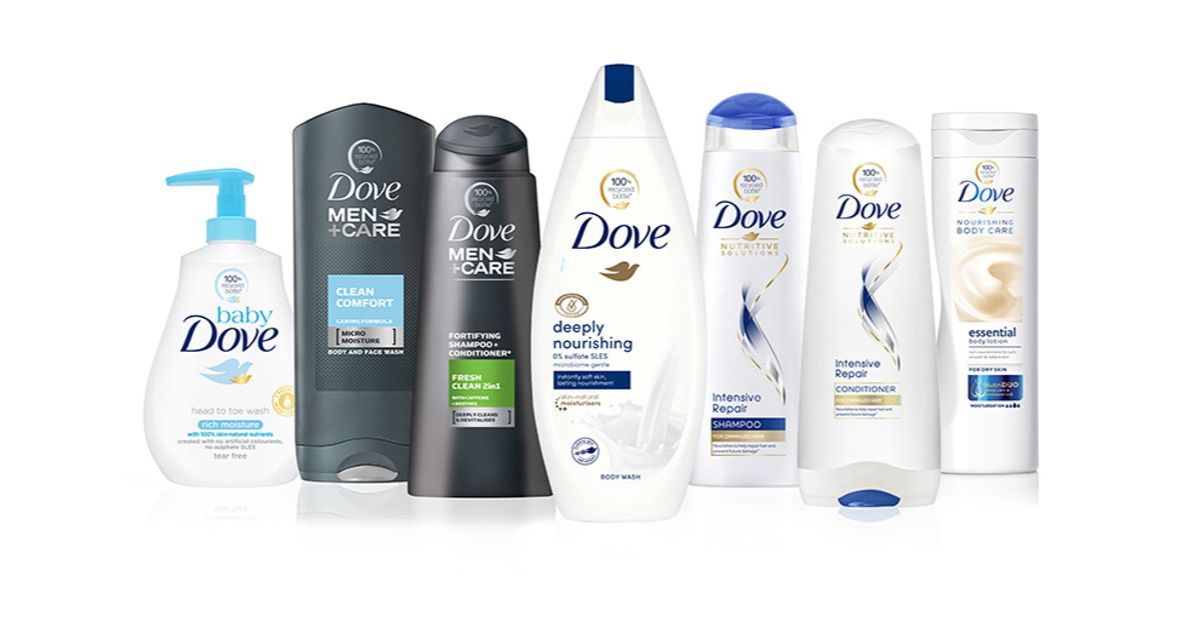
Combining the business brand with the individual name of each product
This naming style takes advantage of the reputation of the business brand and creates a unique mark for each product. At the same time, if there is a problem with the brand of one product, it will also have less impact on the brand of another product.
For example, OPPO Reno, OPPO Find X, OPPO F11, OPPO A5s, etc.
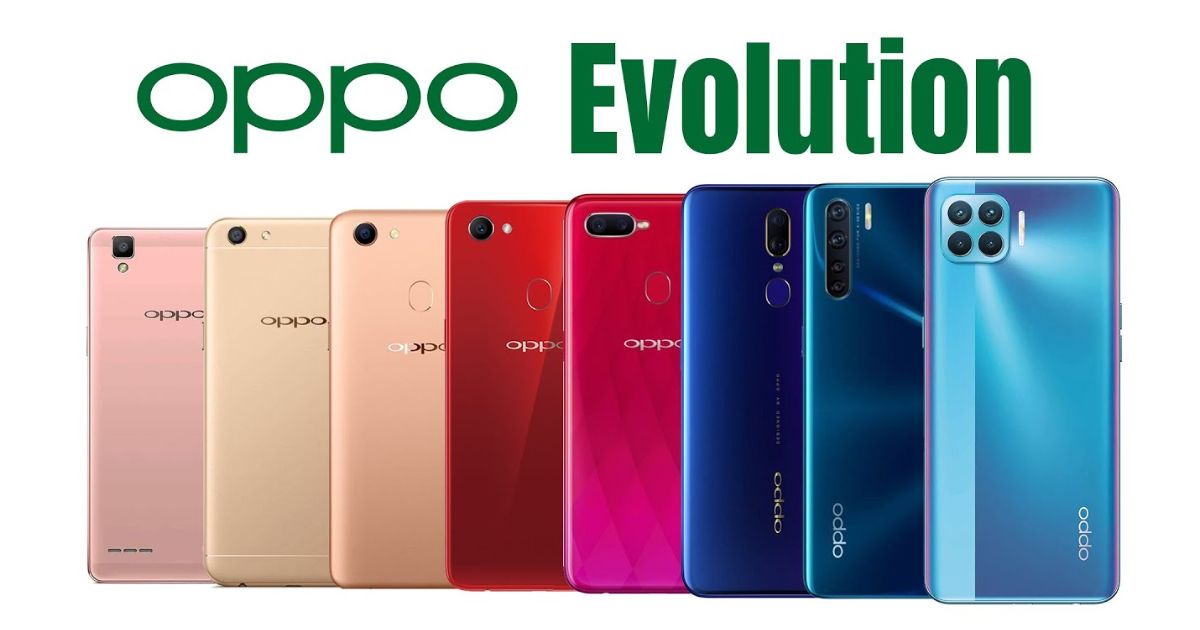
Next, building a strategy for the product is implemented on 3 levels: product set, product line, product.
Product Mix Strategy
To manage all existing products and build effective strategies for them, you first need to understand the product mix dimension table.
What does a product mix dimension table say?
Breadth of the product mix
Width represents the product lines of the business. A product line includes a series of products that are related to each other in terms of one or several criteria: function, structure/characteristics, and target customer groups.
For example, a cosmetics company can divide its products into a whitening line for women 20-30, a whitening line for women 30-50, an acne treatment line for women 13-18, and an acne treatment line for women 18-25.
Depth of product mix
Depth represents the total number of variants (changing one or several elements that make up the product such as color, flavor, volume, weight, design, etc.) of each product in the same line.
For example, 3 variants of P/S toothbrushes change the bristle structure (silver charcoal, bamboo salt, super soft and thin).
Length of product mix
Length represents the total number of products of the business.
Consistency of product mix
Reflects the level of relevance between products in terms of production technology, distribution system, business sector, etc.
When a company starts up, it may only trade in one product. However, during the development process, the business will consider trading in additional products to better allocate risks.
When making decisions about product mix, you need to consider the following strategies:
Expanding the product mix:
Developing new product lines to serve more customer groups.
Extending the product lines:
Increasing the number of products (not variants) for each line, making the product lines more complete.
Increasing the depth of the product mix:
Increasing the depth by increasing the variant models.
For example, adding AP24 Mint mouthwash.
Increasing/decreasing the homogeneity of the product mix:
Depending on the level of prestige, financial resources, and capacity of the business to "encroach" on a completely new business field.
Product Line Strategy
A product line is a group of closely related products marketed under a single brand name.
Add more items to the product line
Stretch the product line
- Stretch down: Focus on developing products targeting the high-end segment first, then gradually add products for lower segments of the market.
For example, BMW's core lineup consists of high-end, luxury vehicles, but to capture a broader market segment, they introduced the BMW 1 Series. This model is more affordable than their traditional luxury cars, making the brand accessible to younger, less affluent consumers.
 - Stretch up: In contrast to the above strategy, this is the strategy of developing products that dominate the low-end market, with a rapid growth rate first, to penetrate or prevent competitors from entering the market. Then, the business will add products to gradually move up to higher segments to increase profits.
- Stretch up: In contrast to the above strategy, this is the strategy of developing products that dominate the low-end market, with a rapid growth rate first, to penetrate or prevent competitors from entering the market. Then, the business will add products to gradually move up to higher segments to increase profits.
For example, In the Sedan line, Toyota is famous for the popular Corolla Altis. Then Toyota developed it into the high-end mid-range sedan Toyota Camry and luxury Lexus LS.
- Stretch both ways: develop products in the line in both upward and downward directions to “cover” the entire market.
For example: Marriott International, a global hospitality company, offers a wide range of hotels catering to different market segments. Marriott’s product line stretches downward with its budget-friendly brands like Fairfield Inn and TownePlace Suites, targeting cost-conscious travelers. Simultaneously, it stretches upward with luxury brands such as The Ritz-Carlton and St. Regis, which cater to high-end customers seeking premium experiences. So, Marriott can capture a broad spectrum of the hotel market, from budget to luxury.
Add product lines
Add new items to an existing product line to increase profits, diversify consumer choices, and hinder the development of competitors.
For example, add dental floss products to the oral care product line.
Another example, P/S toothpaste is positioned with the function of effective oral protection. In addition, Unilever launched Closeup toothpaste with the positioning of bringing fresh breath.
Eliminate items in the product line (limit product line)
Eliminate products or product lines that are not competitive enough in the market to focus investment resources on more effective products and product lines.
For example, the Edsel cars were considered Ford's "car disaster", they could not compete with existing products on the market even though the company made efforts to save them. In 1959, Ford was forced to stop producing this product.
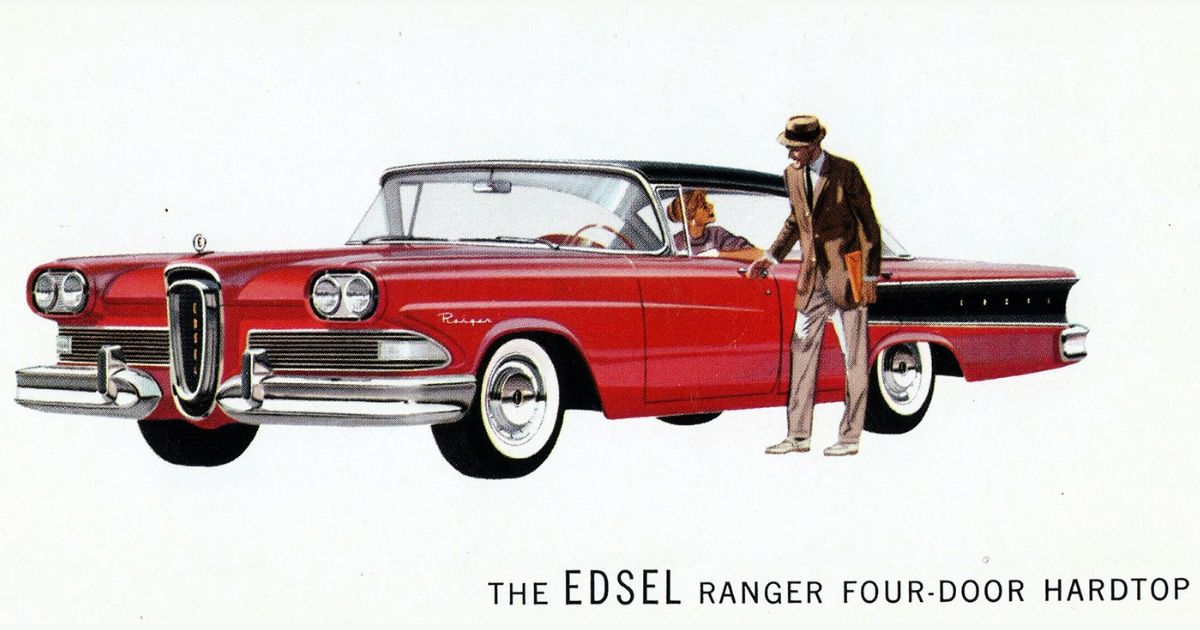
Changes based on existing items in the product line
Modify the product line
From the set of existing items in the product line, modifying the components, structures such as materials, colors, designs, sizes, brand packaging, etc. increases attraction and stimulates customers to buy more.
For example, the iPhone 12 introduced a new purple color option, which attracted additional buyers who valued unique aesthetics.
Modernization
Product modification (usually by changing production technology) to meet changing customer needs, especially live is increasingly improved with the support of 4.0 technology. Businesses can start innovating with one or a few products to evaluate customer and distributor reactions before innovating the entire product line.
For example: black-and-white TV - color TV - smart TV (web connection, applications, etc.).
Strategy for each product (Product Item)
In product implementation, planners need to think at least at the following 3 levels:
The core part contains core benefits that satisfy customer needs while bringing different values to the product. Therefore, researching and discovering the potential needs of the target customer group (Customer Insight) is momentous.
For example, when buying toothpaste, people not only look for the function of cleaning teeth but also want fresh breath to be confident when being close to others. Closeup has focused on this need, taking the effect of fresh and bright breath to help "confidently get closer to each other" as the core benefit of its toothpaste product.
The specific part is all the tangible elements of the product that customers touch, feel, and distinguish the difference between brands (also known as brand positioning). Through that, the core benefits are conveyed to customers.
The augmented part comprises additional services and benefits that create different levels of completeness between products on the market. Everyone wants to have the best shopping experience. Therefore, the augmented product part is also a competitive weapon between brands.
Based on the levels that make up a product, you can build a product strategy in the following directions:
Product innovation: manufacture new products that have never appeared on the market (pioneering products, patented) or have more perfection and optimization (learned from pioneering products, improved disadvantages, added features according to market demand).
Imitating products: imitating the advantages (mainly imitating specific parts) of successful products on the market. Businesses wait for pioneering products to be successful and accepted by the public, so imitating will reduce the risk. Businesses compete on price by reducing costs, increasing productivity to reduce product costs. However, if this strategy is not implemented quickly, it will encounter the stagnation of “obsolete” products.
Product adaptation: increase product quality while lowering the selling price to expand the competitiveness of the product in the market.
Product repositioning: build a new position (a new difference with a stronger, more obvious impression) in the minds of customers, meeting the right desires of the target market that make them decide to buy. Starting with the core benefit and then adjusting the rest of the product to “fit” with that core benefit.
Price
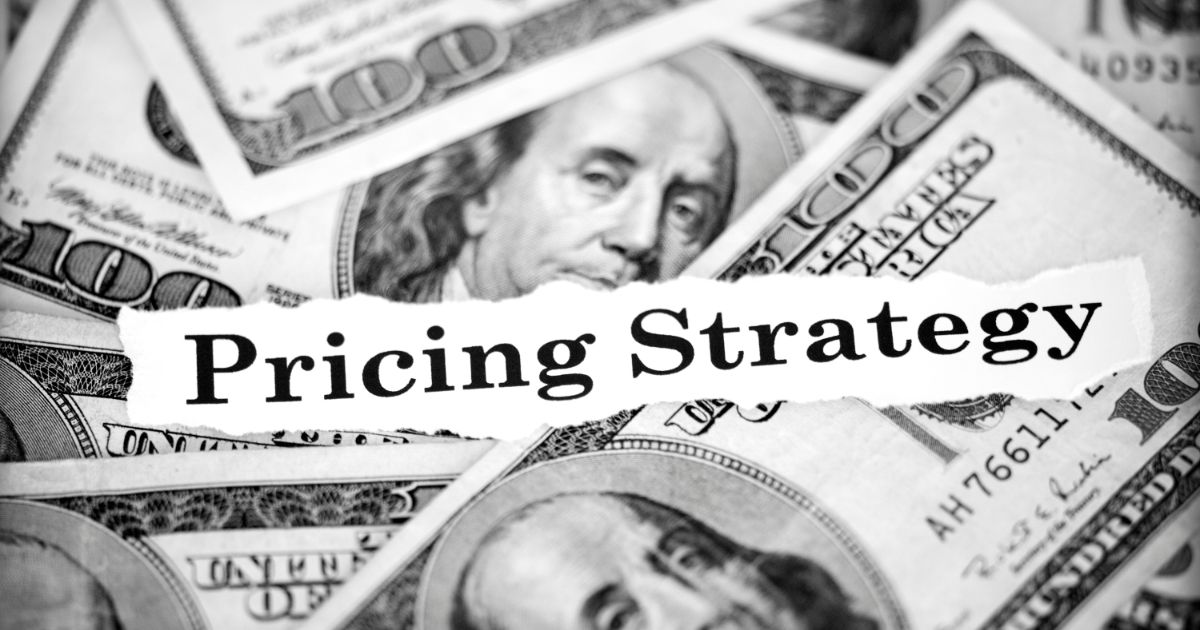
In the 4P marketing strategy, Price (P2) is the selling price of the product to consumers. When determining the selling price, the business owner carefully determines the costs to complete the product: raw material costs, labor, transportation, design, etc, to make a profit. The profit margin is usually 15-20% of the total product value.
Product pricing strategies
Based on costs, supply-demand levels, and target profits, you can consider building a pricing strategy/tactic as suggested below:
High pricing strategy
Pricing is much higher than the common price of the market (or leading the price of the whole industry), serving the high-end customer segment. The business specifies investing in a high-quality or unique product on the market. In addition to the product factor, other factors in Marketing, such as communication, display, store location, center, etc, must also demonstrate the high-end factor, enhancing the perceived value of customers.
Low pricing strategy
Pricing is lower than the industry average or lower than competitors with the same target customer segment by maximizing production capacity and cutting production costs. They are a group of customers who are easily influenced to decide to buy at a low price without carefully considering the product. For businesses with strong production capacity, the profit earned from a product unit will be low but will be compensated by a large consumption volume. For small businesses, they are limited in production capacity and revenue, so if they set a low price at the beginning, they will need a market penetration pricing strategy.
Price Skimming strategy
Applied to new products, especially high-tech and unique products with short life cycles. Businesses will set a very high price when they first launch a product to take advantage of high profits from the "good part" of the market, gathering those who are willing to experience the new product the earliest. Then, when consumption decreases, the selling price will be gradually reduced over time to increase sales, especially when newer technology turns up and many competing products with similar features appear.
For example, You can easily see the Price Skimming strategy in high-tech products such as smartphones, laptops, digital cameras, flat-screen TVs, etc. Even products at the most advanced do not maintain the same price for a long time but are often gradually reduced over time.
Market penetration pricing strategy
Applied to newly launched products with high price sensitivity (purchase decisions are strongly influenced by price). To quickly gain a large market share and expand brand awareness, businesses price their products lower than the market average, even accepting losses at the beginning. At the same time, they put price pressure to prevent other competitors from entering the industry. After a long time of being accepted by the market and familiar with the brand, businesses gradually raise prices to boost their position and make a profit. Of course, the product life cycle must be long to be able to make a profit later.
Competitive parity strategy
Pricing is equal to competitors or the average price of the market. The strategy is applied when the market is fiercely competitive while the business's products are not different from competitors. It also limits "price wars" creating stability for the market.
For example, agricultural products, fertilizers, copper, steel, mineral water, etc.
Product Group Pricing Strategy
Product group pricing is a strategic approach where a collection of related products is priced as a unit rather than individually.
Product Line Pricing Strategy
Pricing items in the same product line differently represents different levels of value and quality in customers' minds. The price scale within a product line is determined based on differences in features, size, appearance, brand, etc. It targets different target markets.
Optional Product Pricing Strategy
Pricing a basic standard product with fundamental features and pricing optional products added to the main product separately. Businesses need to determine which components of the product are fixed and which components are optional.
Some car dealerships allow customers to optionally add defrosters, light dimmers, GPS navigation, etc.
Main Product – Supplementary Product Pricing Strategy
Supplementary products must be used with the main product for the main product operation. Normally, the main product will be priced low, while the profit that the business earns is mainly due to high pricing on the complementary product.
Razor blades are a mandatory accessory that must be used with a razor. The user must pay periodically for replacement blades.
Price adjustment strategies/tactics
Price adjustment strategies/tactics are used to modify their pricing to meet different market conditions, customer needs, and competitive pressures.
2-part pricing
Prices are divided into two parts: the price when used within the basic level and the price when used beyond the limit. The consumption part within the basic level is priced low to stimulate customers to buy the service, while the profit is mainly from the excess consumption part.
Differential pricing
Businesses sell a product at different prices depending on geography, time, and customer segment.
For example, differential pricing by geography: seats priced near the stage are more expensive than seats far from the stage.
Example of differential pricing by time: the price of a taxi ride during peak hours will be higher than during off-peak hours.
Example of differential pricing by customer segment: bus fares for students are lower than for other groups.
Bundle pricing
When many items are gathered into the same package, it is difficult for customers to determine the specific price of each item. This pricing strategy benefits customers by saving money if they buy multiple products in a package. On the business side, they will sell more, creating incentives to try new products (if included in the combo). However, customers may not choose the combo if the combination of items is not reasonable. Furthermore, you need to be careful not to reduce the value of each product.
For example, fast food and cosmetics often have combo price packages.
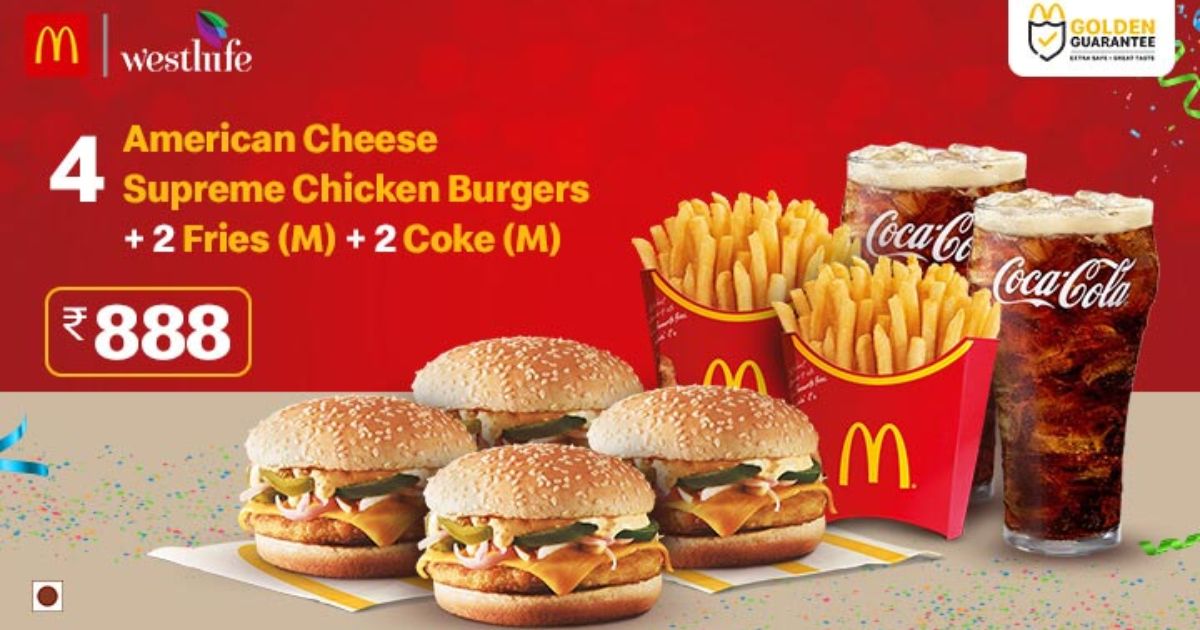
Discounts
Discounts for buyers meet the manufacturer's requirements, such as buying in large quantities, paying quickly, exchanging old goods for new goods, etc. These strategies have an impact on encouraging customers to buy more at once. Besides, immediately paying reduces the cost of collecting money and releasing slow-moving goods.
For example, discounts when buying moon cakes in large quantities.
Psychological pricing strategy
Creating a "virtual" feeling about the price makes customers feel that "the price seems softer" than the reality by adjusting the numbers, thereby increasing the demand to buy.
For example, a portion of fried chicken priced at $5 is adjusted down to $4.99, so the difference is small. However, it makes the buyer feel like he only has to pay within the range of $4, not the range of $5.
Place
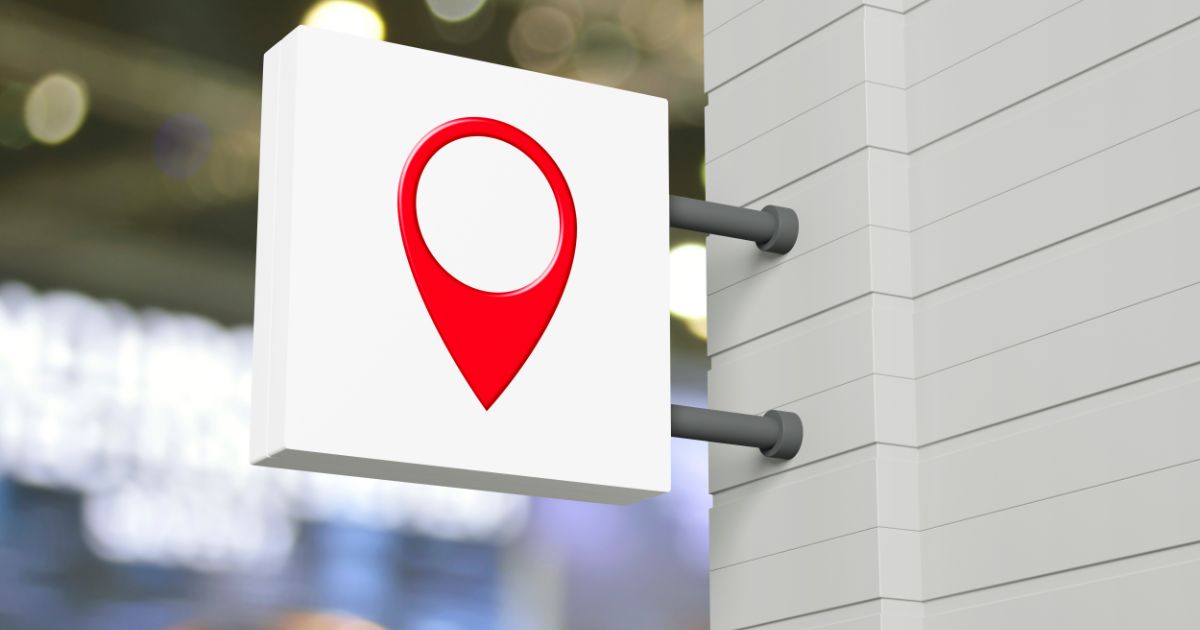
Place (P3) in the 4P marketing strategy is the location where customers can buy the product, called the distribution channel. There are two common types of distribution channels:
Direct distribution: the manufacturer sells products directly to customers without going through any intermediaries. The business has stores, organizes a sales team, and has a sales website.
Indirect distribution: the manufacturer distributes its products through intermediary channels such as supermarkets, stores, restaurants, etc.

Place is an important part of the 4P Marketing. It brings circulation to help products reach consumers. At the same time, the policy for distribution intermediaries will affect the profits of the business.
With the aim of goods to be consumed, there must be components participating in the distribution of the business's products, including manufacturers, distribution intermediaries, and consumers.
The distribution channel structure will show us:
Channel length: number of intermediary levels. As in the image above, channel A has no intermediary levels, so it is the shortest channel. Channel D has 3 intermediary levels (agents, wholesalers, retailers) and is the longest channel in the image above.
Channel width: number of intermediaries in each level. For example, at the retailer level, channel B has 10 retailers, and channel C has 100 retailers. Thus, channel C develops more in width than channel B.
Through the above 2 aspects, when building a distribution channel structure it is necessary to establish a strategy for channel length and width.
Distribution channel length strategy
The length of a distribution channel, or the number of intermediaries between a producer and consumer, significantly impacts market reach, cost, and control.
Direct distribution channel
In the above distribution channel structure model, channel A is the direct distribution channel. Looking at it, you must have understood that a direct distribution channel is a form in which the manufacturer sells products directly to customers without going through any intermediaries (the business has its own stores and sales team, sells products through vending machines, customers buy products directly on the supplier website, etc.).
For example, Apple Inc. is a prominent example of a company that uses a direct distribution channel effectively through its online store. Apple sells directly a wide range of products, including iPhones, iPads, MacBooks, and accessories to customers via its website and physical Apple Stores.

Direct distribution channels aid businesses in closely controlling the product distribution process to the market, have fast circulation time, can quickly respond to market developments thanks to direct contact with customers, and have full authority to decide how to build images and user experiences at all points of sale.
>> Direct distribution channels contribute greatly to bringing products closer to the customer base of the business.
Indirect distribution channels
In the distribution channel structure model, all remaining channels (B, C, D) are called indirect channels because businesses must go through intermediaries to provide products to consumers. In this case, intermediaries receive a portion of the profit. It is considered a part of the cost for the manufacturing business to sell the product.
When learning about distribution channels, you will hear the concept of 1-level, 2-level, and 3-level channels. These numbers represent the number of intermediary levels of a channel. For example, channel D is a 3-level channel, channel C is a 2-level channel and channel A is a 0-level channel.
- Example of a 1-level distribution channel: a clean vegetable producer signs a contract with Walmart supermarket (retailer) to supply vegetables to the market.
- Example of a 2-level distribution channel: wholesalers and retailers of items such as confectionery, soap, tea, spices, etc.
- Example of a 3-level distribution channel: Bud Light beer producer supplies products to agents (capable of importing large quantities of products, the market is limited by region). Agents supply to wholesalers, wholesalers supply to retailers, and retailers sell to consumers.
For indirect distribution channels, manufacturers do not need to invest a large budget in distribution activities. Instead, businesses can take advantage of the existing experience of intermediaries so that products can easily penetrate the market, as well as share business risks with intermediaries.
However, the more levels increase, the longer it takes for products to reach users and the more difficult it is to control intermediaries.
One thing to note:
The narrower the target customer base or the weaker the financial capacity of the business, the fewer levels the distribution channel has, usually a direct channel or a 1-level channel. Especially in B2B industries, customers are not common. Furthermore, each order has a large value, requiring businesses to have their own sales team with specialized training. So the number of orders sold depends on the level of the sales force.
Long distribution channels (2 or more levels) are often suitable for low-priced products, and large numbers of consumers. Customers buy frequently at small, flexible retail outlets.
Dual distribution
Enterprises can use both direct and indirect distribution channels to expand multiple points of contact with consumers.
For example, Nike, a global leader in athletic footwear, apparel, equipment, effectively uses both direct and indirect distribution channels to expand its reach and enhance consumer engagement. Nike operates its retail stores worldwide, known as Nike Towns and Nike Factory Stores. At the same time, Nike’s official website serves as a direct channel, allowing customers to browse and purchase products online.
Distribution channel width strategy
There are three primary types of distribution channel width strategies:
Intensive Distribution
Usually applied to popular consumer products, manufacturers prioritize developing as many intermediaries as possible, especially looking to increase the number of retailers to reach as many customers as possible.
For example, you can find Coca-Cola in a variety of locations, such as supermarkets, convenience stores, vending machines, restaurants, cafes, gas stations, and even small local shops.
Exclusive distribution
This is a strategy to limit the number of intermediaries. The manufacturer only selects one distribution intermediary for each market area, which has the exclusive right to sell the company's products in the area.
Exclusive distribution is often applied to high-end, reputable products with a limited quantity of items to have tight control over product quality, brand image and to collect information from sellers.
For example, Seiko's high-end watch products use an exclusive distribution strategy. The display system at the points of sale must be arranged according to a common standard of the manufacturer.

Selective distribution
Selective distribution is a type of distributor selection that falls between intensive and exclusive. The manufacturer will set clear criteria to select several intermediaries with the best distribution capabilities in each area (no territorial exclusivity).
Selective distribution is often applied to high-value products with long-term use.
For example, Converse shoes are distributed in high-end stores and shopping centers.
Promotion
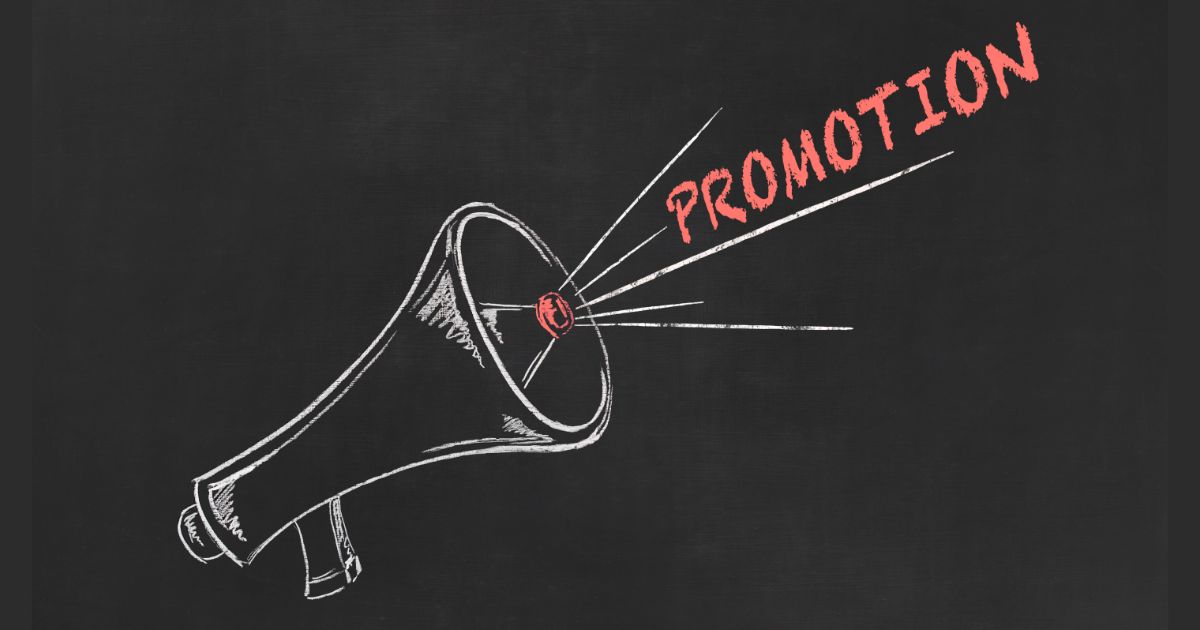
The 4th P in the 4P marketing strategy is Promotion (P4), which can be understood as communication and marketing. It is a way to promote products to consumers. Promotion tools such as advertising (advertising on television, newspapers, Internet), marketing (introducing products at home, sending catalogs to customers), public relations (press conferences, exhibitions, organizing events), organizing sales, etc.
Promotion is considered the most important part of the 4Ps, which businesses pay the most attention to and invest in. Promotion plays a role in promoting buying and selling activities to take place stronger, as well as consolidating the position of the business in the market. No matter how good the product is or how suitable the price is, if it cannot promote sales, the company will not survive.
Note: Many businesses and marketing personnel often misunderstand and do not fully understand Promotion, thinking that Promotion is advertising. We have an in-depth article on this issue to give you a clearer view - What Is the Difference between Advertising and Promotion?
Promotion Mix
Each business in each stage of the product must decide for itself a promotion mix to promote product consumption. The promotion mix is a combination of tools to achieve communication and sales goals.
Thus, to build a promotion mix for your business, you first need to grasp the following 5 promotion tools:
Advertising
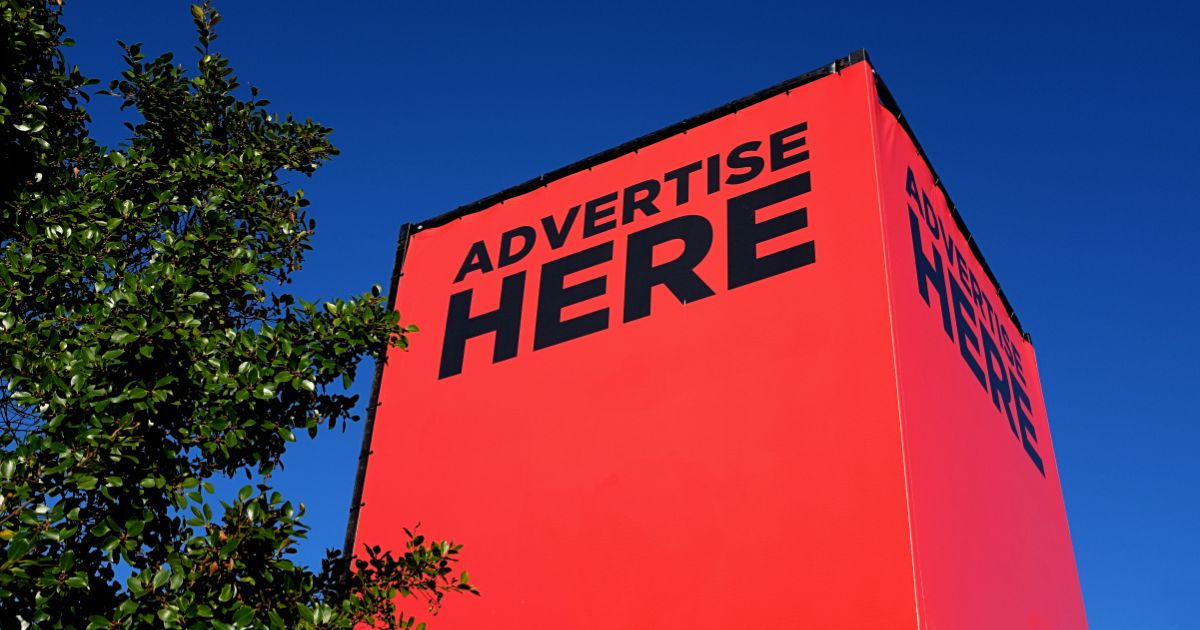
The first promotion tool is advertising, which is the most used and most popular tool. Advertising assists us in communicating messages to target customers to directly call for a certain action (purchase, download, register, etc). Nowadays, with the strong development of the Internet, social interaction platforms are developing rapidly, creating great opportunities for advertisers and businesses. Advertising is smarter, more targeted, and more effective.
Sale Promotion
To stimulate consumers to buy products and stick with the brand. Each promotion program is organized in short periods. Common forms of promotion include coupons, purchase gifts, lucky draws, product trials, etc.
Personal Selling
The unique feature of personal selling is its “personal” nature, creating a direct relationship between a sales representative and a customer. This tool plays an extremely important role in the business of industrial solutions and machinery (B2B). In some high-value industries with complex products, personal selling is decisive to the business revenue.
Public Relations – PR
To build a good image of the brand through real stories, organizing events connecting businesses with customers, sponsoring community programs, press releases about business results, thereby indirectly affecting customer purchasing behavior. Advertising is different from PR in that it directly calls on customers to take action (buy, register, etc.), often aiming at sales, while PR aims to build Branding.
>> PR is a powerful tool for building a business image.
Direct Marketing
Businesses reach customers directly wherever they are (without going through any distribution intermediaries), allowing customers to respond (order, give feedback, contact for advice, reply to letters, etc.) almost immediately upon receiving the business message, and businesses can measure these responses.
For example, Telemarketing (introducing products, collecting customer information via phone, classifying customers, then using personal sales to potential customers), sending catalogs to customers, sending letters via post, etc. And the extremely familiar form is Online Marketing.

A small answer: Why is personal sales not included in Direct Marketing? If we only use the phrase "direct", it is true that personal sales have a direct interaction between sales representatives and customers. However, here we are talking about the phrase "Direct Marketing" - a term that refers to activities that create two-way interaction between businesses and customers, not related to forming personal relationships with customers. At the same time, personal sales are flexible with efforts to solve each customer's problems. Meanwhile, the documents and messages used in Direct Marketing can be sent to a series of target audiences.
Interaction between Direct Marketing and Personal Selling: Direct Marketing through Telemarketing, Email Marketing, SEO, are the first step to aid the company get potential customers. After that, each potential customer will be consulted and convinced to use the service by a sales representative of the company.
When setting up a promotion mix, you must remember the "Mix" between the tools.
For example, to stimulate consumer demand during Christmas, you create a promotion program of 20% discount on all fashion products. You set up standees to advertise the promotion program in front of the stores. At the same time, you send information via email to the list of customers, communicate on the page and website (customers can buy products at the store or get a direct discount when ordering on the website). Thus, you have combined the following marketing tools: promotions, advertising, Direct Marketing.
For the target "touch" target customers, we need means. The familiar means you often encounter are television, newspapers, telephones, the Internet (websites, emails, social networks), outdoor and street means (posters, billboards, bus stops), catalogs, etc.
A means can serve many different tools, helping these tools achieve their purposes. For example, you can attach advertising banners and organize promotional code giveaways or a Minigame event on your website.

Promotional strategies
Now it is time for you to see the “flow” of the promotional mix that works in the promotional strategy. Depending on the industry, distribution channel characteristics and financial resources, some businesses will focus on the pull strategy, some will focus on the push strategy, and some will combine the strengths of the pull strategy and the push strategy.
Pull Marketing
The pull strategy aims to attract attention and stimulate customers to buy products by using promotional tools that directly affect customers. When customers have a need to buy the product, they will go to the distribution intermediaries. So, it stimulates the intermediaries to go to the manufacturer to import goods for sale.
You will easily see the promotional tools used in the pull strategy everywhere, especially in the mass media: massive advertising on TV, buses, promotional programs on major holidays, product trials in supermarkets, PR articles in newspapers, sponsorship of TV programs, humanitarian events, Online Marketing activities such as SEO (customers will see your website on the TOP of Google search results), marketing on Fanpage and website, sending Email Marketing to introduce products, etc.
Another special thing is that for direct distribution channels, manufacturers can only use the pull strategy. Because the push strategy is only applied to distribution intermediaries.
Push Marketing
In contrast to the pull strategy, the push strategy focuses on "pushing" products from the manufacturer to the distribution intermediary levels. When the product is concentrated in the agents, they will find ways to market to push the product down to lower levels and on until the product to customers. Thus, manufacturers use promotional tools to directly impact distribution intermediaries.
Manufacturers will build attractive discount policies for distribution intermediaries. Along with that, manufacturers also organize professional sales teams (with the functions of sales support, supervision, area management, etc.) to persuade agents to sell their products. Promotions for sales intermediaries are also widely used tools in push strategies, including sales bonuses, competitions for sales intermediaries, fairs, exhibitions, store decorations, gifts, annual travel rewards, etc.
Coordinating pull-push strategies
Most large companies use a pull-push strategy. This strategy simultaneously combines stimulating consumer demand (customers) and promoting products through intermediaries.
For example, Unilever uses mass media to make consumers aware and entice them to buy its products. At the same time, to push goods through distribution intermediaries, the company uses a large sales force and sales promotion programs for members in the distribution channel.
Which of the 4P Marketing is the most important?
Some marketing experts believe that Promotion is the key to increasing sales. Therefore, it plays the most important role in the 4Ps. However, the new product idea (Product) is the most decisive factor in attracting target customers.
Product is the basis of all processes and strategies, so it is considered the most important P. Choosing a product is not only the first step but also the foundation for three other factors: Price, Promotion, and Place. Accordingly, when deciding on a product, businesses need to conduct thorough research on several key aspects.
The importance of the 4P marketing mix

The 4P strategy in Marketing brings many important values to businesses:
Promote manufacturers to create new quality products
The 4P marketing strategy helps businesses understand the market, needs, and consumers' desires. From there, manufacturers constantly create products to satisfy the desires of consumers. Products must be standardized, the quality of products brought to the market must be guaranteed. The best way is for products to bring benefits that exceed consumers' expectations.
Enhance brand value, company reputation in the market
For the 4P strategy to achieve the ultimate goal of making products widely available to consumers, enterprises have advertising activities, introducing new products to domestic consumers and international customers. It contributes to improving business efficiency, making products sold faster and more. Besides, the 4P strategy promotes the image of the enterprise, creating prestige for the brand and developing the enterprise in the market.
Creating a healthy and fair competitive environment
More and more new products are launched to users, requiring enterprises to actively find new product features to attract users. At the same time, prices are more competitive than competitors. Enterprises constantly address factors in the 4P strategy to create competitive advantages in the market.
Increasing benefits for consumers
With the 4P marketing strategy, new products are launched with better quality, features, and competitive prices. It results in consumers accessing products quickly, conveniently, and most effectively.
Shaping a Marketing Strategy
The 4P model provides a comprehensive framework for businesses to define and develop an effective marketing strategy. By focusing on product, price, distribution, and promotion, businesses can identify the elements needed to attract and retain customers.
Creating differentiation and competitive advantage
The 4P marketing model allows businesses to create distinctive features for their products or services. Businesses should carefully consider factors like product quality, pricing strategy, distribution channels, and advertising strategy to gain a competitive advantage in the market.
Managing and measuring effectiveness
Businesses can monitor as well as evaluate each of the 4Ps. Based on the results, they adjust their strategies to respond quickly to market fluctuations and customer demands.
Disadvantages of 4P Marketing
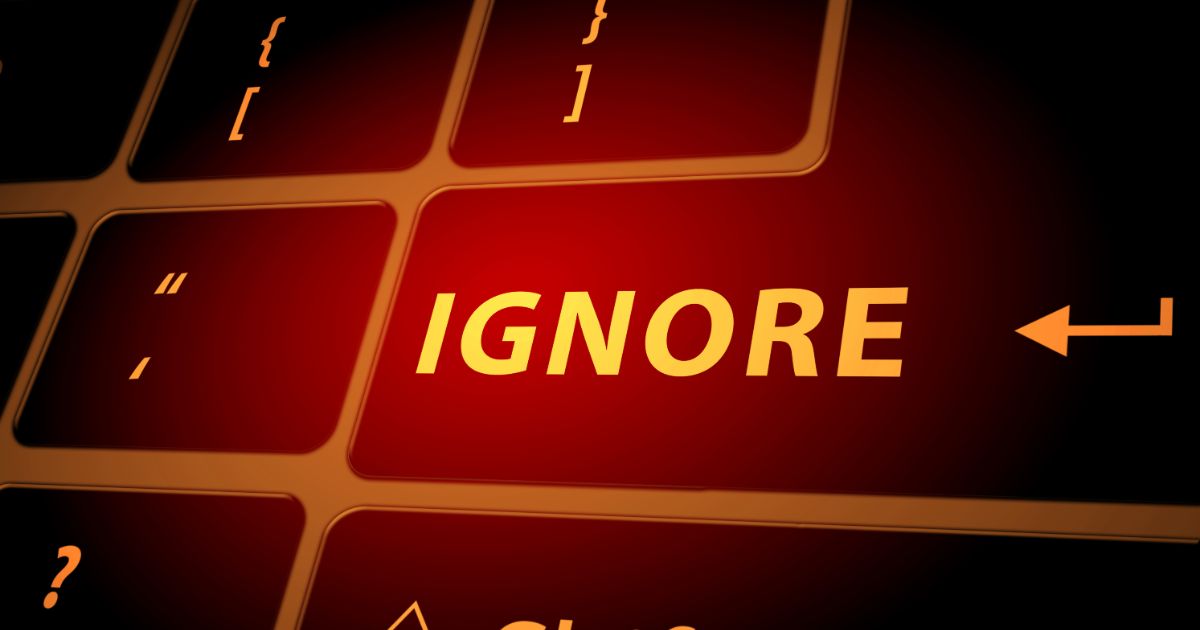
Every strategy has its disadvantages, 4 P Marketing is no exception. 4P still has some disadvantages such as: easily creating a feeling of annoyance, being ignored, or fierce competition.
Causing a feeling of annoyance
Customers will feel annoyed when they feel like they are always being followed and always receiving advertisements or suggestions. With inappropriate suggestions and appearing too much, they will be annoyed.
Easily ignored by customers
Currently, reaching target customers with marketing strategies is very easy, but it is very easy for users to ignore. If you are running ads on mass media, they just need to scroll down and ignore the ad.
Fierce competition
The Marketing market is extremely fierce, so businesses need to constantly create suitable strategies and smart content to achieve the expected results. Besides, financial resources must be strong to participate in this battle.
Skilltrans brings you a selection of courses to improve your marketing knowledge. Please click on the course name below to learn more:
Product Marketing: Go To Market Strategy for Product Success
Topics like Difference between Normal Marketing Plan and GTM Strategy, the 4 Ps of the market mix, Market Analysis and Research, Competitive Positioning and Product Value Proposition, Pricing strategies, Packaging and Segmentation Strategies, Sales and Distribution Strategies and Customer Acquisition, Marketing mix, Branding and Content Marketing, Product Launch and Post-Launch Optimization have been covered in a lucid manner with relevant examples.
The course aims at giving the learners a comprehensive understanding of the marketing theory and preparing them to develop and execute an effective go-to-market plans that align with business objectives and customer needs. Don't miss this opportunity to elevate your marketing prowess and propel your career forward. Enroll now and embark on the path to product marketing excellence!
Digital Marketing Mastery: From Strategy to Plan to Success
Creating Customer Avatars: Learn to identify and understand your ideal customer.
Developing Marketing Plans: Step-by-step guidance on crafting effective marketing strategies.
Brand Awareness Campaigns: Techniques to boost your brand's visibility and reach.
Sales Campaign Creation: Tips on building campaigns that convert and sell.
Applying Learning: Practical examples and exercises to apply your new knowledge immediately.
The Viral Bootcamp: Ultimate Guide to Reels, Shorts & TikTok
Viral Bootcamp: Ultimate Guide to Reels, Shorts & TikTok course is designed to provide you with a comprehensive model on how to build and grow a high-performing Instagram, TikTok or YouTube account. This course will teach you how to capture followers and understand the ever-changing Instagram reels algorithm, so you can master it. Not only that, but you'll learn the industry marketing secrets that I use to create consistently viral content and gain tens of thousands of followers every month.
This course is suitable for individual creators or businesses looking to substantially grow your Instagram, YouTube or TikTok profiles.
Conclusion
While the marketing landscape has evolved, the 4P Marketing —Product, Price, Place, and Promotion— remain a valuable framework for understanding the core components of a comprehensive marketing plan.
To achieve optimal results, marketers must continuously analyze and adapt their strategies to align with changing consumer behaviors with market dynamics. By mastering the 4 Ps, businesses can build strong brands, foster customer loyalty, and achieve sustainable growth.
If you want to learn more about 4Ps in particular and marketing in general, you can learn through Skilltrans courses. We have useful courses at affordable prices for you.

Meet Hoang Duyen, an experienced SEO Specialist with a proven track record in driving organic growth and boosting online visibility. She has honed her skills in keyword research, on-page optimization, and technical SEO. Her expertise lies in crafting data-driven strategies that not only improve search engine rankings but also deliver tangible results for businesses.



